How ChatGPT’s Ghibli & Doll Image Trends Are Harming the Planet
In recent months, social media platforms have been inundated with AI-generated images, from whimsical Studio Ghibli-inspired portraits


In recent months, social media platforms have been inundated with AI-generated images, from whimsical Studio Ghibli-inspired portraits to the viral "Barbie Box" trend. These creations, powered by tools like ChatGPT's GPT-4o and DALL·E, have captivated users worldwide. However, behind the allure of these digital artworks lies a significant environmental concern: the substantial energy consumption and carbon footprint associated with generative AI.
The Energy Behind the Art
Generating a single AI image can consume between 0.01 to 0.29 kilowatt-hours (kWh) of electricity, comparable to running a refrigerator for up to half an hour . While this may seem negligible, the cumulative effect is staggering. A study by Carnegie Mellon University and Hugging Face found that producing 1,000 images using generative AI tools requires approximately 2.9 kWh, equivalent to fully charging an average smartphone multiple times.
The popularity of these trends has led to unprecedented demand on AI infrastructure. OpenAI's CEO, Sam Altman, noted that the surge in image generation requests was so intense that it caused GPUs to overheat, prompting temporary limitations on the service.
Data Centers: The Unsung Energy Consumers
The backbone of AI image generation lies in data centers, which house the servers and hardware necessary for processing complex algorithms. According to the International Energy Agency (IEA), global electricity consumption by data centers is projected to more than double by 2030, with AI-specific data centers alone expected to quadruple their energy demands.
In the United States, the energy used for AI processing could surpass that of traditional energy-intensive industries like steel and cement manufacturing. This escalation not only contributes to increased greenhouse gas emissions but also places additional strain on electricity grids and water resources.
The Water Footprint
Beyond electricity, AI operations significantly impact water resources. Cooling systems in data centers often rely on vast amounts of water to prevent overheating. For instance, training GPT-3 reportedly consumed approximately 700,000 liters of water, equivalent to the water footprint of manufacturing 320 electric vehicles . As AI adoption grows, so does its demand on freshwater supplies, raising concerns about sustainability, especially in regions facing water scarcity.
The Path Forward
While the environmental implications of AI are concerning, there are avenues for mitigation. Tech companies are exploring more energy-efficient hardware, optimising algorithms to reduce computational demands, and investing in renewable energy sources to power data centers. Additionally, implementing transparency measures, such as disclosing energy usage and carbon emissions, can foster accountability and drive industry-wide improvements.
As consumers, being mindful of our digital habits and supporting sustainable practices can collectively make a difference. By balancing innovation with environmental responsibility, we can enjoy the benefits of AI while safeguarding our planet for future generations.




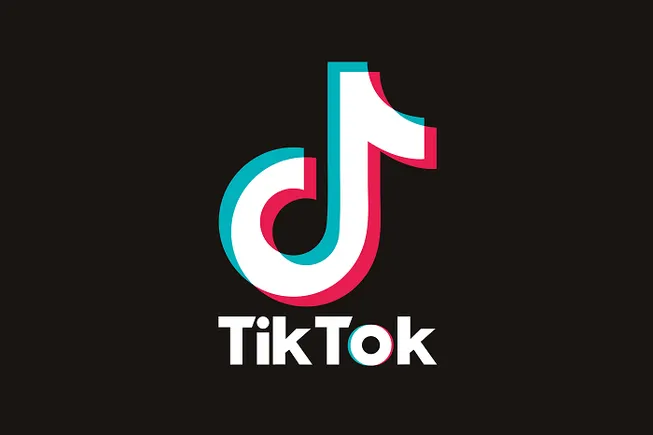
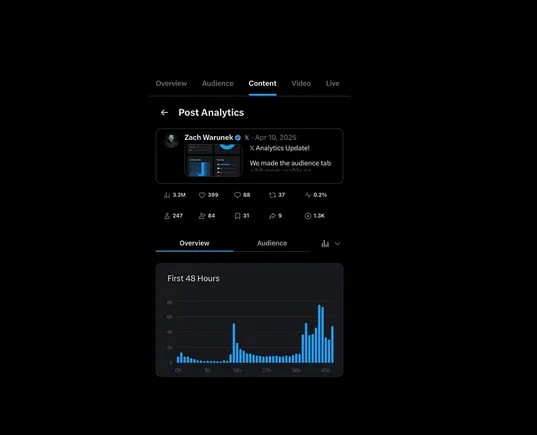























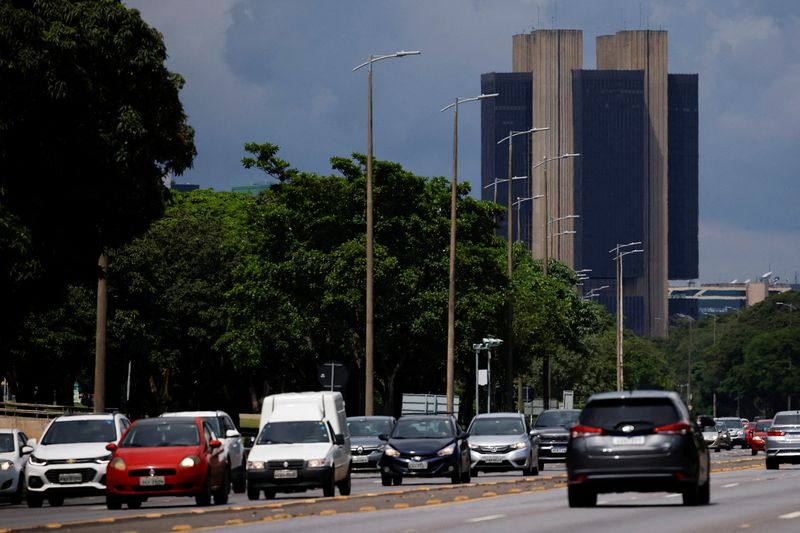












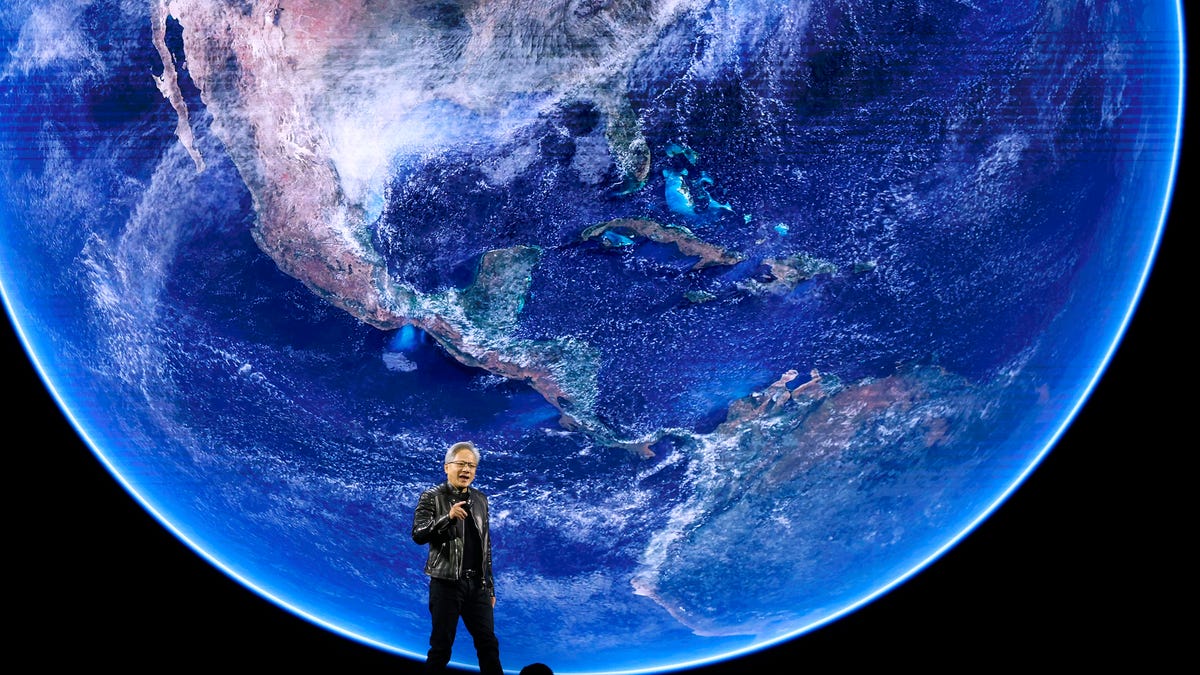








































































































































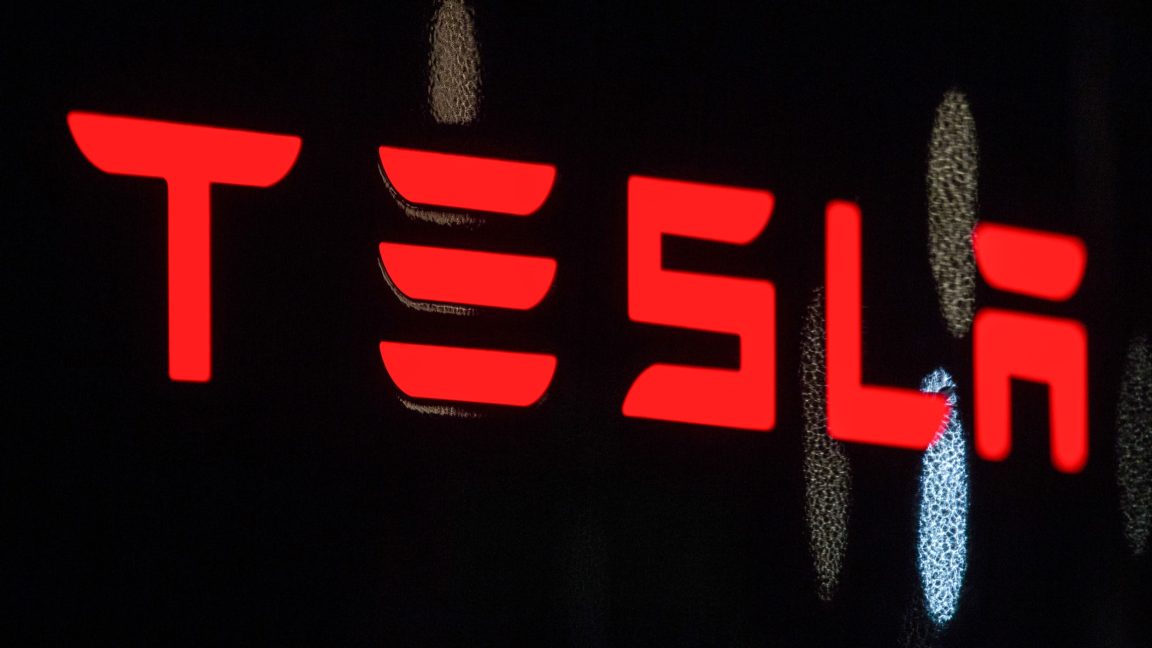






![How to Find Low-Competition Keywords with Semrush [Super Easy]](https://static.semrush.com/blog/uploads/media/73/62/7362f16fb9e460b6d58ccc09b4a048b6/how-to-find-low-competition-keywords-sm.png)



